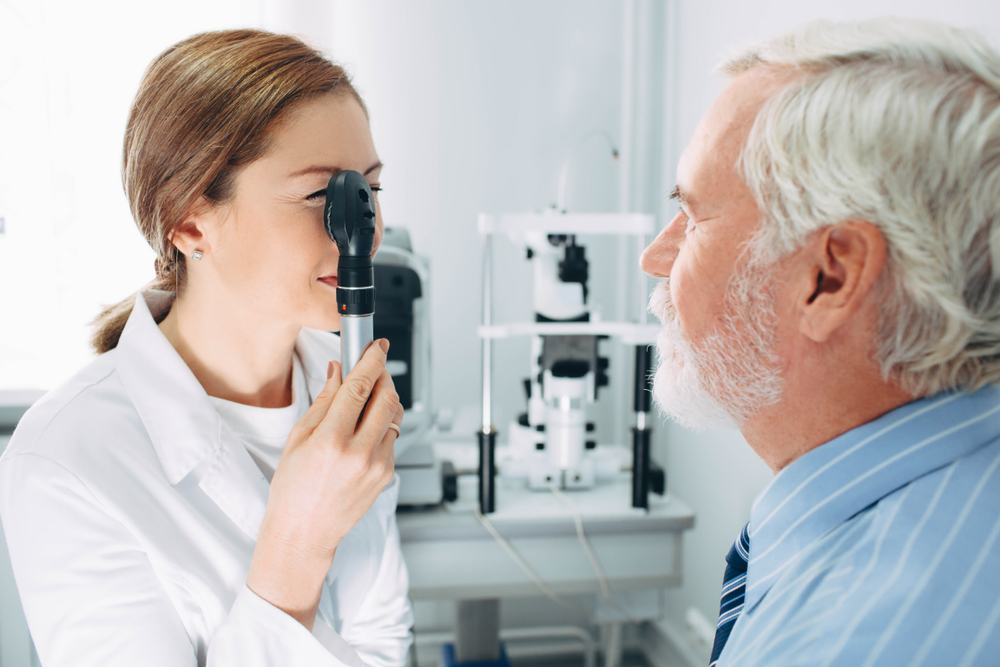What is a Retinal Vein Occlusion (RVO)?
The retina, which is located in the back of the eye, plays a key role in vision by converting light into images. The retina is made of photosensitive tissue that is connected to blood vessels. The retina is supplied by a network of arteries, which nourish and provide oxygen, and veins, which move blood back to the heart. A retinal vein occlusion occurs when one of the blood vessels becomes blocked, which prevents blood from draining from the retina.
Types of Retinal Vein Occlusions
There are two types of retinal vein occlusions:
- Central Retinal Vein Occlusion (CRVO) happens when the main retinal vein is blocked.
- Branch Retinal Vein Occlusion (BRVO) happens when there is a blockage of a smaller, branch vein.

Symptoms of Retinal Vein Occlusion
Retinal vein occlusion can cause a variety of symptoms, ranging from mild to severe. Symptoms will vary depending on the type and severity of occlusion. Initial symptoms are often some degree of vision loss or distortion. Symptoms are usually painless and often start with slightly blurred vision that gradually worsens, although some types of RVO may cause a more sudden or complete loss of vision. It is important to see an eye doctor any time you experience any type of change in vision.
How is Retinal Vein Occlusion Diagnosed?
We have several diagnostic tools to detect a retinal vein occlusion, all of which are typically painless and non-invasive. Fluorescein angiography is a specialized photographic test that uses dye to visualize the blood flow in the retinal veins. Optical coherence tomography, or OCT, uses a scanning ophthalmoscope to take a high definition photo of the retina.
Risk Factors for Retinal Vein Occlusion
Retinal vein occlusion can happen to anyone, but certain groups of people and those with medical conditions may be more likely to experience RVO. Risk factors include:1
- Blood clotting disorders
- A history of strokes
- Diabetes
- Hypertension (high blood pressure)
Prognosis and Treatment for Retinal Vein Occlusion
There is no procedure to unblock a retinal vein, but there are treatments available to address symptoms and associated health problems. Among patients with BRVO, approximately one third will experience a quick improvement in symptoms, one third will have gradual improvement over a year or more, and one third will stay about the same.2
Treatment for retinal vein occlusion include:
- Anti-vascular endothelial growth factor (VEGF) medications to treat macular edema
- Corticosteroid medications to treat macular edema
- Laser photocoagulation therapy to prevent abnormal blood vessel growth and treat macular edema
Contact Retina Vitreous Associates
At Retina Vitreous Associates, your eye health is our top priority. Contact us with any questions or to schedule an appointment with one of our retina experts.
1 Stem MS, Talwar N, Comer GM, Stein JD. A longitudinal analysis of risk factors associated with central retinal vein occlusion. Ophthalmology. 2013;120(2):362-370. doi:10.1016/j.ophtha.2012.07.080
2 Cleveland Clinic. Retinal Vein Occlusion (RVO): Management and Treatment. Available: https://my.clevelandclinic.org/health/diseases/14206-retinal-vein-occlusion-rvo/management-and-treatment. Accessed August 13, 2020.

